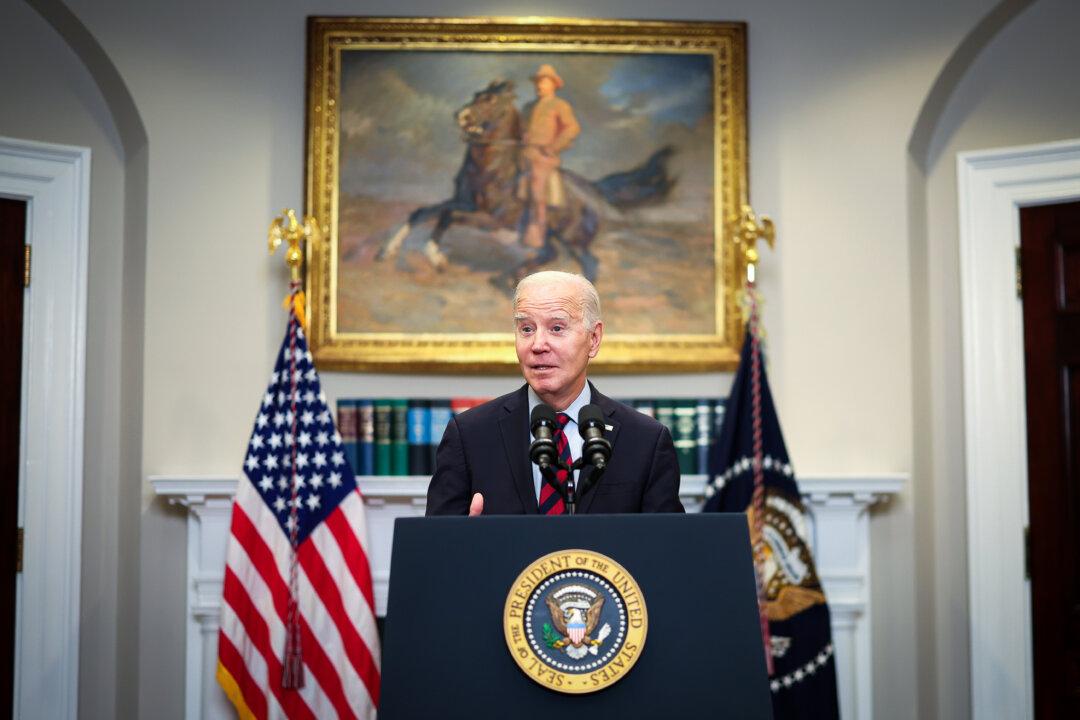A recent government report has highlighted serious lapses in safeguards against potential fraud in President Joe Biden’s scuttled plan to unilaterally forgive $430 billion in student loan debt.
The Biden plan, announced in August 2022, aimed to provide relief ranging from $10,000 to $20,000 for 31 million federal student loan holders. Mired in legal challenges, court orders halted the program in November 2022 before the U.S. Supreme Court struck the final blow in June.





